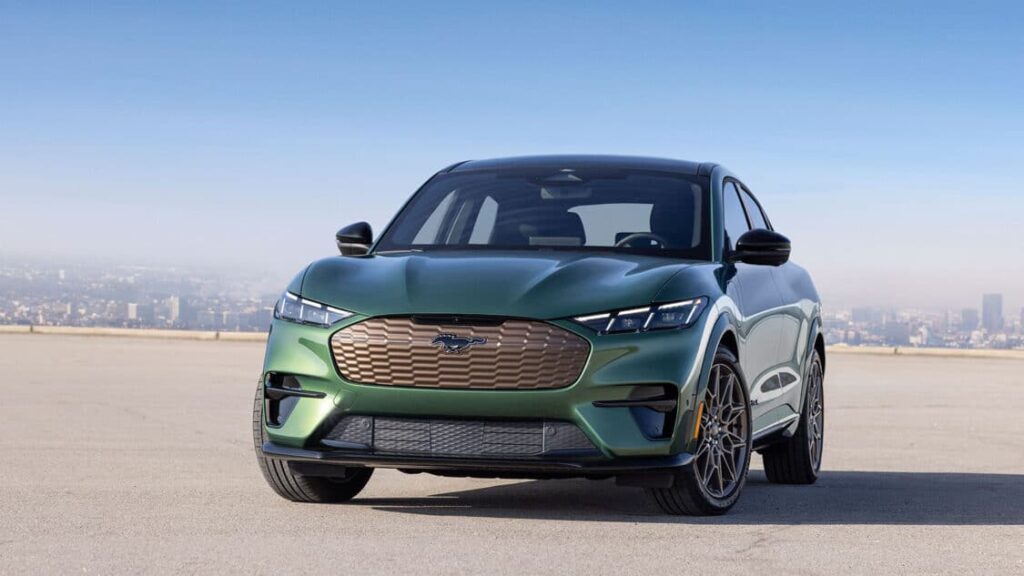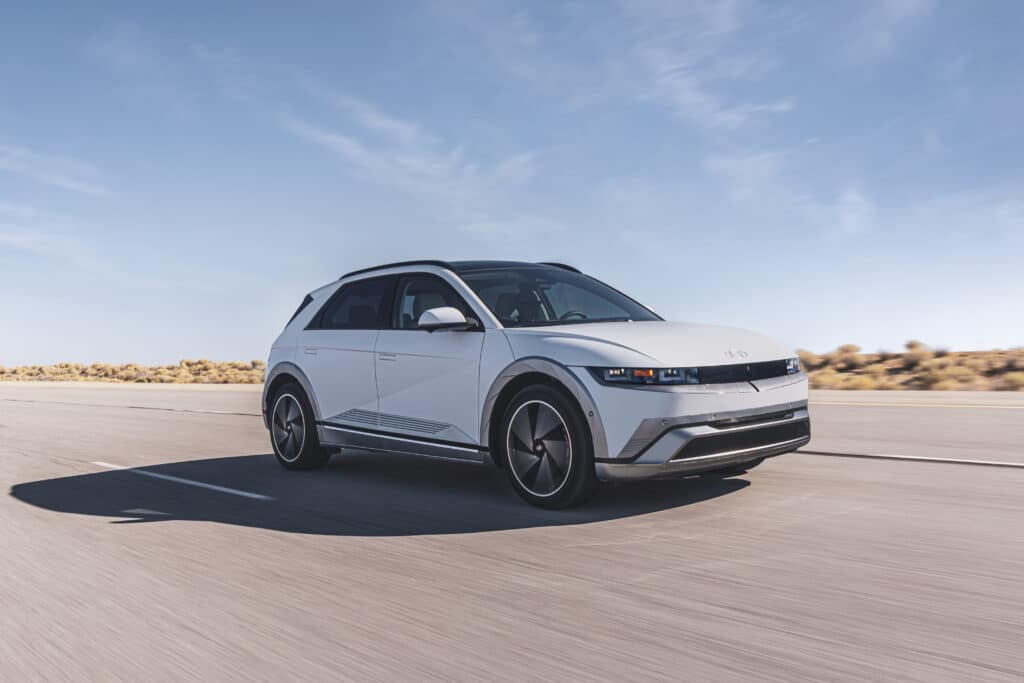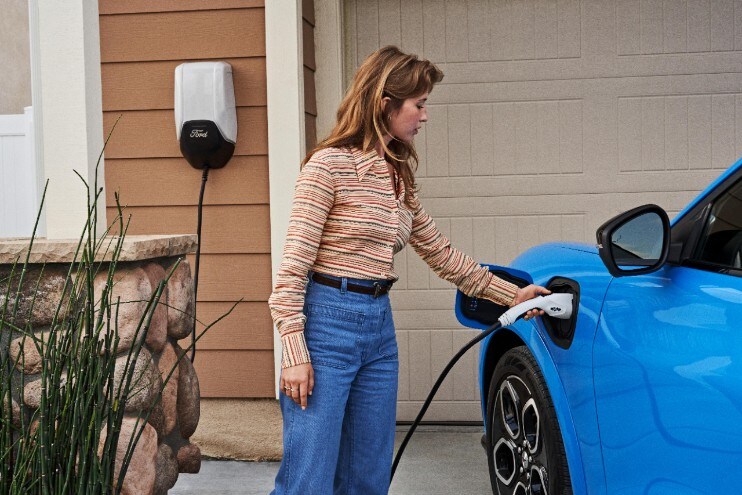Ford Ends EV Dealership Program That Required Hefty Investment to Sell EVs
In September 2022, the EV industry was much different than it is today. September 2022 marked the announcement by Ford for its EV-certified program. Ford CEO Jim Farley made the announcement amid high demand for EVs, low supplies, high sales, and substantial optimism for all-electric cars and trucks.
Ford’s EV-certified program required dealers to invest between $500,000 and $1.2 million in chargers, staff training, and new sales standards to revamp the EV retail experience. It was widely regarded as a wise decision at the time to fully prepare the company for EV sales at its dealerships. The Ford dealerships, like many other automaker’s dealerships, were woefully unprepared for the fast-moving EV revolution. Many customers have complained that dealers did not have EV knowledge, and tried to steer them away from EVs, toward internal combustion engine (ICE) vehicles.

About half of Ford’s 2,800 dealers enrolled in the EV-certified program. Ford CEO Jim Farley warned dealers they would be held to “brutal” standards for the EV-certified program. The standards would ensure the dealers stayed competitive and served customers well during the EV transition.
The blowback at the time was significant, many dealers refused, and it caused quite a bit of controversy. The company faced lawsuits from Ford dealers over the program.
This week, instead of the EV-certified program, Ford decided it will open EV sales to all of its dealers in an attempt to further grow sales of its all-electric cars and trucks.

“It allows us to open EV sales and service to more dealers,” said Marin Gjaja, chief operating officer for the company’s EV business. “We think it’s going to help us grow our sales.”
Ford dealers will still need to make investments, however not at the high levels that the EV-certified program required. Gjaja said dealers who participated in the EV-certified program invested about $600,000 on average.
“There is always a learning curve with a new technology and introducing EVs in a simple, hassle-free way helps to remove many of the perceived barriers our dealers and customers are concerned about,” added Gjaja.
EV Sales Growth slowed in 2024’s First Quarter
Current growth in EV sales has slowed, which Ford gave as a reason for its change to its EV-certified program. In 2024’s first quarter (Q1), EV sales growth slowed to 2.6% in the U.S., according to Kelley Blue Book. Q1 EV sales in 2023 had outpaced 2022’s by an impressive 46.4%. Negative or slight sales growth from Nissan, GM, and VW contributed to the reduction. However, other automakers sold EVs in impressive numbers, with Ford being one of the highest at 86.1%, the highest Q1 sales growth of any EV maker.

“The world has changed,” Marin Gjaja, chief operating officer of Ford’s Model E electric vehicle business, said. “The growth has slowed down.”
Ford’s Hybrid Sales Growing
Hybrid sales have grown significantly in the US, mainly because of a lack of charging. Ford’s U.S. hybrid sales increased 25.3% from 2022 to 2023. Because battery electric vehicles (BEVs) have no backup power source, their sales have decreased. Range anxiety is still an important concern for those considering a BEV purchase, as many parts of the country do not have sufficient public charging stations available yet. Automotive experts have pointed to the lack of charging as one of the most important reasons why EVs experienced a sales growth slowdown in Q1.
Ford Hybrids Expanded, Next-Gen EVs Delayed
In April, Ford announced a delay in the production start of its next-generation EVs at the BlueOval City EV campus in Tennessee. The initial kickoff was moved from 2025 to 2026. This facility is expected to be crucial in manufacturing the upcoming Ford electric truck, speculated to be the Project T3 full-size EV pickup. At the time, Ford announced plans to significantly broaden its EV portfolio by integrating many more hybrid powertrains across its entire product range by 2030.

The Lack of Charging is a Temporary Problem
There is not enough public charging yet in many parts of the country, cited by experts as a main reason for those considering an EV purchase to delay, and stick with ICE instead.
EV critics have pointed to the perceived slowness of the National Electric Vehicle Infrastructure (NEVI) Program station rollouts as a failure of the program. Only eight NEVI-funded public EV charging stations are operational as of May 2024. However, when one examines all of the factors involved, proof is found that the NEVI rollouts are not slow. It’s merely a complex process, involving many different stakeholders. Loren McDonald, CEO of EVAdoption, provided context about the sluggish speed of NEVI rollouts on the Automotive Charging Solutions (ACS) blog.
With NEVI’s help, EV charging is growing very fast in the US. Significant private investment is gaining quickly, bolstered by the federal NEVI funding and other government incentives.
During 2023, the daily use of charging points saw a notable increase, jumping from a 9% usage rate at the beginning of the year to 18% by December. This data was highlighted by Stable Auto Corp., a pioneering startup from San Francisco, showing profitability is growing for public charging stations. This increase in profitability is encouraging more investment in the stations.
“There’s a widespread belief in the industry that fast charging is not a profitable business,” Rohan Puri, CEO of Stable Auto said. “But what we’re seeing is for many stations that no longer holds true.”
When more charging is available, dealerships will have an easier time selling EVs. EV critics should keep in mind that the EV revolution is still young, and kinks in this early adopter phase will work out as the nation moves to mass adoption. EVinfo.net recommends that we stay diligent in supporting the federal NEVI and other EV charging funding, and the EV revolution in general, as we pass this speedbump caused by the Q1 EV sales growth slowdown.
